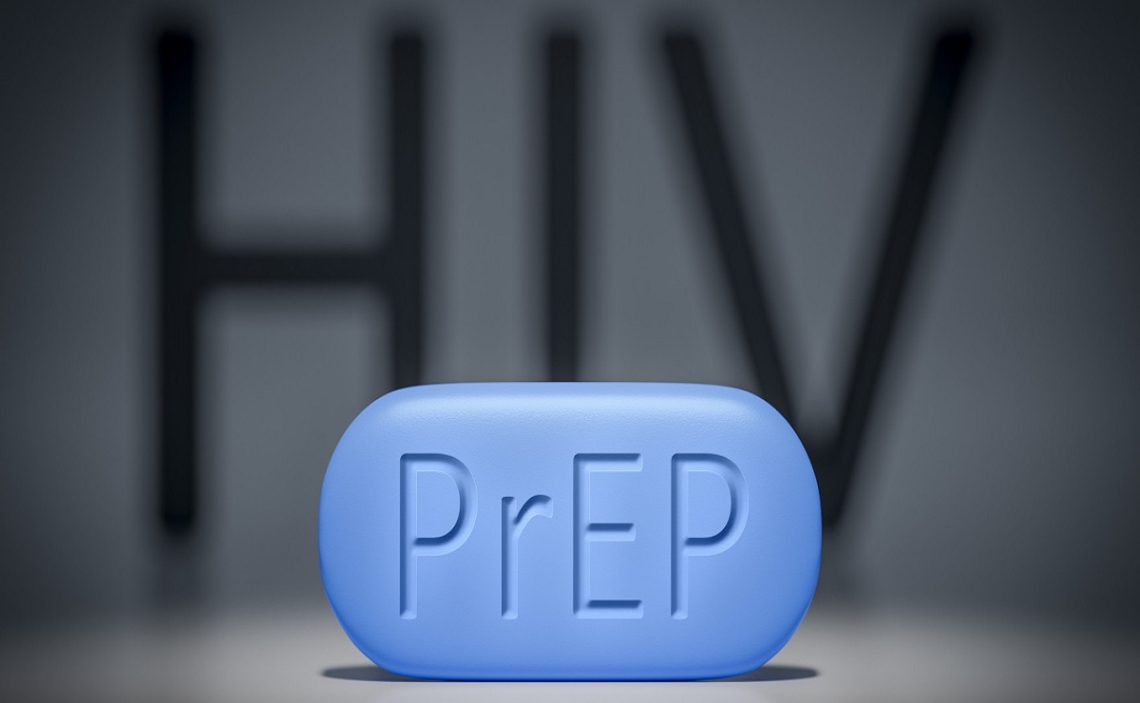According to a list of frequently asked questions (FAQ) created by three federal government agencies, pre-exposure prophylaxis (PrEP) for HIV prevention and related treatments should be free to patients.
The 2019 U.S. Preventive Services Task Force recommendation resulted in this policy. The task force suggested that physicians give HIV-positive patients at high-risk PrEP and efficient antiretroviral medication.
Why do I need PrEP?
As mentioned above, PrEP is a daily antiviral medication that helps reduce the chance of HIV infection in high-risk individuals. Everyday use of PrEP reduces the risk of HIV transmission through sex by 99% and injection drug use by 74%.
However, PrEP has been underutilized. Less than 10% of eligible users use PrEP out of the 1.1 million Americans who could benefit from it. In addition, there are large racial and ethnic disparities in PrEP use.
African Americans account for 44% of those recommended for PrEP, and Hispanics account for 25%. But only 11% and 13% of people who started PrEP between 2014 and 2016 were African American or Hispanic.
PrEP use is underutilized for several reasons, but high costs have been a major deterrent even for those with insurance.
While insurance policies are not the only means to address PrEP inequities and fight HIV, they restrict access for people who need this medication because of the high cost of PrEP and related services.
So does insurance cover PrEP?
Section 2713 of the Affordable Care Act (ACA) requires most private health plans to provide some preventive care free of charge. Health insurers that offer individual or group coverage and non-grandfathered group health plans must comply with this rule.
Only grandfathered and non-comprehensive options, such as short-term plans, are exempt from this requirement. Section 2713 incorporates evidence-based services with an “A” or “B” grade based on the most recent USPSTF recommendations when establishing adult preventive requirements.
In June 2019, the PrEP recommendation was made. Under federal requirements, beginning with the plan year that starts precisely one year after the issue date, a plan or insurer must cover a new or updated recommended preventive service.
PrEP Recommendations from the USPSTF
The USPSTF advised physicians to provide effective antiretroviral medication and PrEP to patients at increased risk for HIV in June 2019. The USPSTF also released a final recommendation statement and evidence report.
The USPSTF gave PrEP use an “A” grade, indicating that PrEP has a high certainty of substantial preventive benefits in decreasing the risk of acquiring HIV.
Gay or bisexual men, heterosexual men or women, sex workers, and transgender people who engage in sexual activity are considered at high risk for HIV, according to the USPSTF recommendation statement.
These identities alone are not considered high risk; rather, individuals should search for behavioral risk factors. Such as being in a relationship with a partner living with HIV or inconsistent condom use.
In addition, drug users with risk factors should pay attention to warnings (such as sharing drug injection equipment). Only those who are currently HIV-negative can use PrEP.


